When I set up this website, I wanted the Home, blogging page (this page) “to serve as a record of events, news and opinions on the subject of forests and forestry in Nova Scotia as they unfold, beginning on June 21, 2016.”
There are certainly intervals when the news is frequent, largely negative and focussed on clearcuts, the last few days being one them. In an op-ed in the CH today, Mike Parker asks NSDNR Minister Hines to back up his statements that “we base decisions on science that takes into account all aspects of forests” by showing us the science, listing seven specific items. “Let’s have a public debate. Produce the science. Produce hard job numbers proving changes in current forestry practices will unleash an apocalyptic economic meltdown.” It is an impassioned piece by a writer who is passionate about Nova Scotia’s past and present and very concerned about our future.And on CBC News: “The NDP’s natural resources critic [Sterling Belliveau] says the minister is rolling over for bureaucrats in his department rather than standing up for good forestry management.” Continue reading

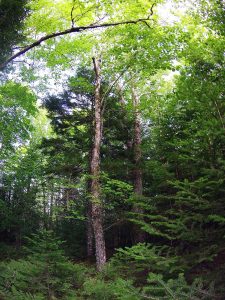
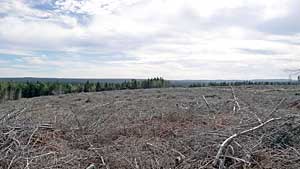
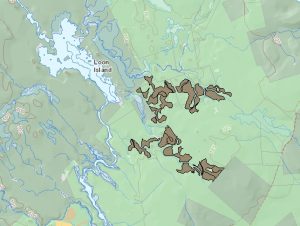

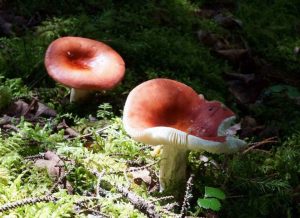
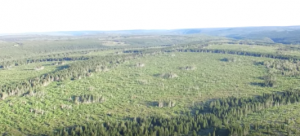
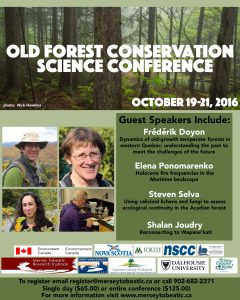
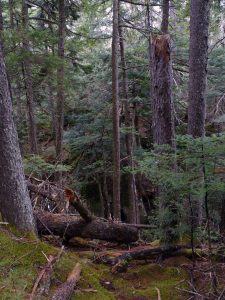
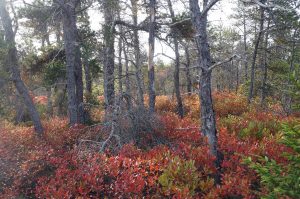
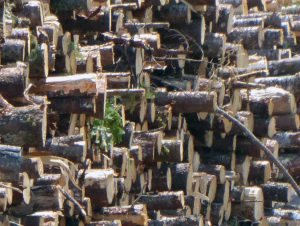 the U.S. Department of Commerce as early as Thursday morning” [that apparently did not happen ]. (
the U.S. Department of Commerce as early as Thursday morning” [that apparently did not happen ]. (